When you’re looking for a wind chime to buy, one of the first decisions you’ll have to make is whether to get a metal or wooden one. Both materials have their pros and cons, so it can be tough to decide which is better. In this article, we’ll discuss the differences between metal and wooden wind chimes, as well as where you should hang them for the best results.
Table of Contents
Directions and type of wind chimes
Wind chimes can be placed in a variety of directions to get different sounds. For example, if you hang a wind chime facing east it will produce low and soothing tones. Hanging a wind chime facing west will create an uplifting sound. When it comes to metal and wooden wind chimes, the direction you face them is important as each material produces different tones depending on the direction.
Metal wind chimes should generally be hung facing east for best results since they have a more direct, focused tone that won’t carry as far as other materials. On the other hand, woodwinds are best hung facing west because they produce softer tones that lend themselves to relaxation and contemplation. In terms of placement, metal wind chimes should be hung higher up while wooden ones should be placed lower down. [1]
Best use of wind chimes
Wind chimes are great for creating a peaceful atmosphere in your home. They can be used to relax and unwind, or as a gentle reminder of the beauty of nature. However, it’s important to note that not all wind chimes will be suitable for every setting. Metal wind chimes are best suited for outdoor spaces like gardens, patios, and balconies since they tend to be louder and carry better over long distances. On the other hand, wooden wind chimes work better indoors as their softer tones won’t overwhelm smaller spaces.
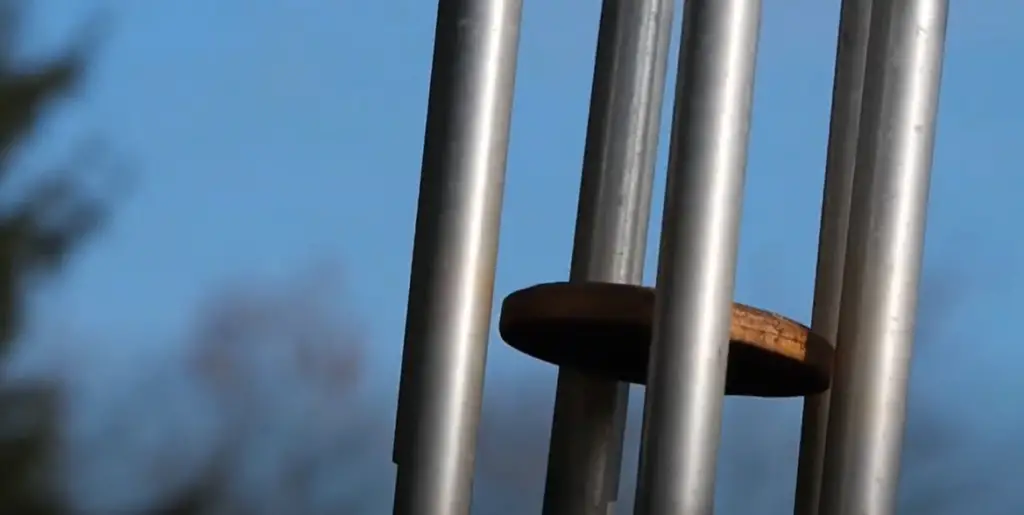
Bedrooms
Wind chimes are also a great addition to any bedroom. Both metal and wooden wind chimes can be used in bedrooms, although the tones produced by each type of material will be slightly different. Metal wind chimes tend to create a more energetic and vibrant sound that helps to create an uplifting atmosphere, while wooden ones produce softer, subtler tones that can help you relax and unwind. When choosing the best type of wind chime, you must take into account the size of your room. For larger rooms, louder or longer-lasting tones are ideal while smaller spaces require softer and briefer melodic sounds.
Bathrooms
Wind chimes can also be used in bathrooms to create a more peaceful atmosphere. Wooden wind chimes are particularly suited for this purpose, as their softer tones will help to reduce the echoes and reverberations of a small space like a bathroom. Metal wind chimes should generally be avoided, as their louder tones may make the room feel overly noisy and overwhelming. If you do choose to use metal wind chimes in your bathroom, it’s best to hang them low and far away from the center of the room so they don’t overwhelm the space with sound.
Dining rooms
Wind chimes can also be hung in dining rooms to add a touch of nature and relaxation to the area. Metal wind chimes are best for this purpose, as their louder tones will help to create an energizing atmosphere that’s perfect for conversation and socializing. Wooden wind chimes may be used as well, although their softer sound might not carry as well in a larger room like a dining room. In either case, the best placement for wind chimes in a dining room is at eye level so they can easily be seen and heard by everyone in the room.
Family rooms
Wind chimes can also be hung in family rooms, although it’s important to consider the size of the room when deciding which type of wind chime to use. Larger rooms will require louder tones for them to be heard over all the activity and conversation, so metal wind chimes are usually best in this situation. Wooden wind chimes may still be used in larger family rooms, but their quieter sound might not carry as well over long distances. It’s also a good idea to hang the wind chimes at eye level or slightly higher so they won’t be blocked by furniture or other objects in the room.
Kitchens
Wind chimes are a great way to add beauty and charm to any kitchen. However, the size of your kitchen should be taken into consideration when choosing the style of wind chime that is right for you. Make your kitchen even more inviting with a metal wind chime! Its resounding sound will help to drown out any noise from appliances or cooking activities, making it perfect for larger kitchens. Wooden wind chimes may be used in smaller kitchens, however, their softer sound might not carry very far in a larger space. In either case, it’s best to hang the wind chimes high up so they won’t be blocked by kitchen cabinets or countertops.
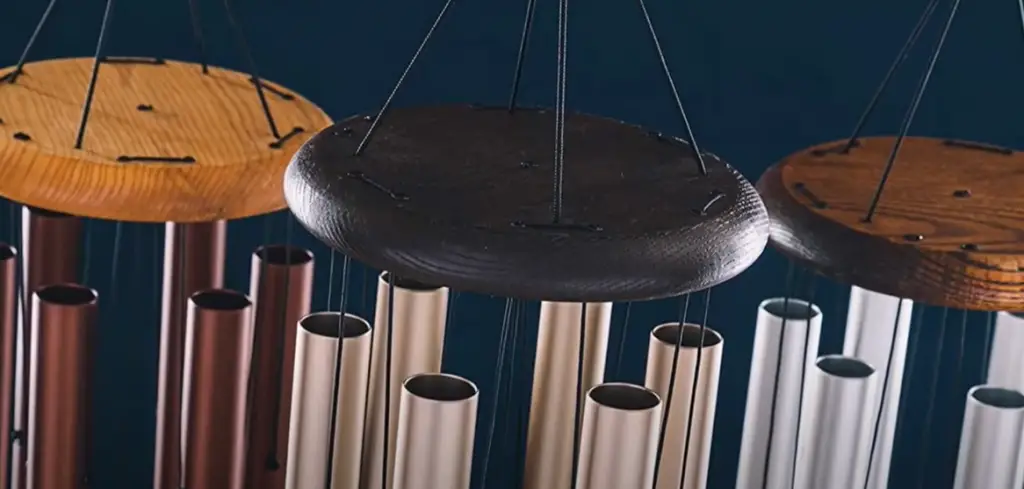
Living rooms
Wind chimes are also a great choice for living rooms, although again the type of wind chime used should be based on the size of the room. Metal wind chimes work best in larger living rooms, as their louder tones will help to create an energetic atmosphere that’s perfect for entertaining guests. Wooden wind chimes may still be used in smaller living rooms, however, their softer sound might not carry very far. It’s also important to hang the wind chimes high enough so they won’t be blocked by furniture or other items in the room.
What Are the Different Types of Wind Chimes?
Many different types of wind chimes range in size, material, and sound.
- Tube Chimes: This type of chime is created from metal or bamboo tubes of various lengths and diameters hung from a frame. As the wind passes through the tubes, it creates a unique metallic sound.
- Bell Chimes: These are traditional wind chimes, featuring a group of bells hung from a frame that produces soft and gentle sounds. They can be made from various materials including brass, copper, steel, and even glass.
- Clapper Chimes: Also known as “striker chimes” these are usually made from metal and have a clapper inside the wind catcher. As the wind moves the chime, it causes the clapper to strike against the tubes or bells, producing a ringing sound.
- 4 Gong Chimes: These are large wind chimes that produce low tones as they are struck by a hammer-like striker. They can be made from a variety of materials, some of which include copper, bronze, bamboo, and fiberglass.
- Windbells: These are bells that hang from a frame and produce gentle tones as the wind moves them. Some popular types of windbells are suncatchers, which have colorful glass beads or crystals that catch the light and reflect it.
Wind chimes are a great way to bring sound and beauty into any outdoor space, adding a peaceful ambiance to your home or garden. They come in all shapes and sizes, so you can find one that fits your style perfectly! [2]
Metal
Metal wind chimes are the loudest type of wind chime and create a bright, metallic sound when they’re struck by the breeze. They come in a variety of shapes and sizes, so you can find metal wind chimes to suit any space or décor style. Metal wind chimes also tend to last longer than other types of wind chimes due to their durable construction, making them a great choice if you want something that will last for years to come.
Wood
Wooden wind chimes are perfect for creating a more relaxed atmosphere due to their softer tones. They come in various shapes and sizes and can be made from a variety of woods, including bamboo, cedar, oak and mahogany. Wooden wind chimes also have a classic look that can really add character to any space.
Glass or Porcelain
Glass or porcelain wind chimes are perfect for adding a touch of elegance to any room. As gentle, melodic sounds float through the air, these wind chimes make a beautiful addition to your home. Varied in shape and style – from stars to hearts and bells – their tones evoke images of glass bottles filled with water tinkling against each other. Glass or porcelain wind chimes look best when hung in sunny areas as the light will reflect off them, creating a beautiful effect.
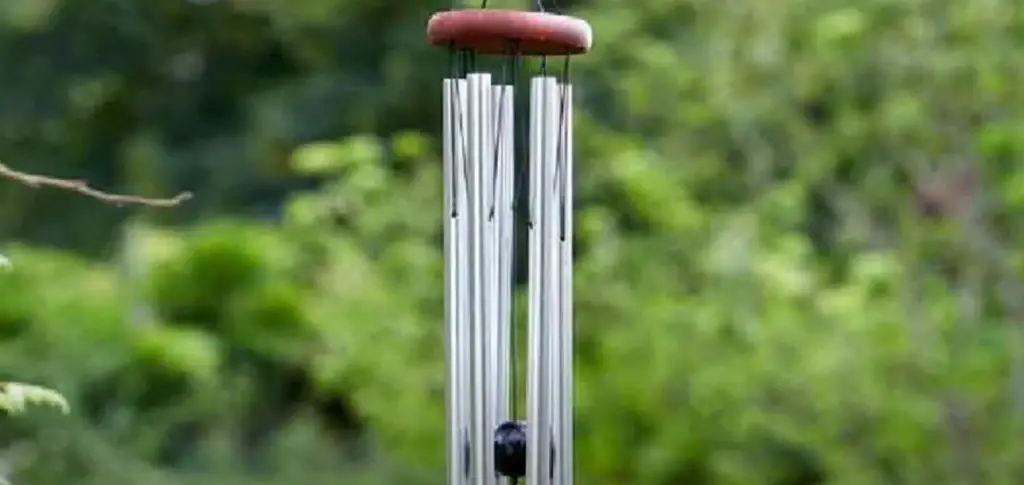
FAQ
What are the best chimes to buy?
The best wind chimes to buy depend on the size and style of your home, as well as the type of sound you’re looking for. Metal wind chimes are the loudest and longest-lasting type of windchime, while wooden ones produce softer tones that are perfect for creating a more relaxing atmosphere. Crystal wind chimes create soft tinkling sounds like those from glass tubes or bottles filled with water, while bamboo chimes offer a unique sound that comes from natural bamboo reeds. Ceramic wind chimes have an earthy look and can produce both low-pitched and high-pitched tones depending on their size.
Which wind chimes are best for home as per Vastu?
Vastu Shastra recommends hanging wind chimes outside your home to bring good luck and prosperity. The best type of wind chime for Vastu will depend on the size and shape of your home, as well as the direction it faces. Generally speaking, metal wind chimes are a great choice, as they create loud tones that can help keep negative energy away from the house. Wooden wind chimes bring forth delicate melodies that can magnetize positive vibes into your living space. Crystal or glass wind chimes should be hung in sunny areas, while bamboo or ceramic ones can be used to enhance any space.
What wood makes the best wind chimes?
Bamboo, cedar, oak and mahogany are some of the best woods to use for wind chimes. These materials offer unique tones that can add character to any space. Bamboo is especially popular as it produces a distinct sound when struck by the breeze, making it a great choice if you’re looking for something more traditional. Cedar and oak have a classic look that can really bring warmth to any room, while mahogany offers an elegant look which is perfect for creating a luxurious atmosphere.
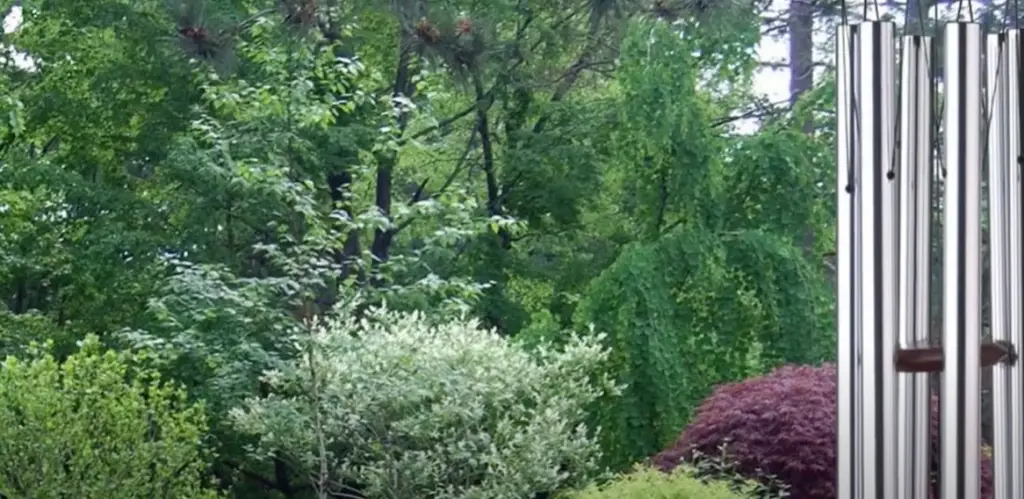
What is the superstition about wind chimes?
According to ancient beliefs, wind chimes can bring fortune and prosperity, while protecting you from negative vibes. Hang them outside your home to ward off evil entities, and take pleasure in the tranquil tones that they create inside. Incorporate these charming ornaments into your space for a feeling of peacefulness! Wind chimes also act as a reminder to slow down and appreciate life’s little moments. It is said that when the wind blows through them it carries with it positive energy, which can help create harmony in any space.
Where should metal wind chimes be placed in a house?
Metal wind chimes should be placed in an area where they will be exposed to the most wind. This could be a porch, patio or balcony, as well as near open windows or doors. Metal wind chimes are known for their loud tones and long-lasting construction, making them perfect for creating a more lively atmosphere in your home. It is best to hang them from a location that is high enough so that the breeze can reach them, but low enough so that people won’t hit their heads on them when walking by. [3]
Useful Video: Top 5 Best Wind Chimes Review In 2023
Conclusion
To sum it up, both metal and wooden wind chimes can make beautiful sounds. Whether you’re looking for a bright and vibrant sound or something mellow and soulful, either type of material will bring these qualities to your outdoor oasis. It all comes down to personal taste and which option brings the atmosphere you’re looking for. Metal is known to be long lasting with a sharp tone while wood offers a more natural, natural-sounding experience with excellent acoustics. Both have thoughtful design options that are sure to fit any style. With careful consideration, this decision should be relatively simple! As you evaluate the various characteristics of each choice, remember that what matters most is how a set of wind chimes ultimately makes you feel. With all this in mind, don’t forget to add a touch of beauty and charm to your space with music from the breeze today!
References:
- https://www.indianshelf.in/where-to-put-wind-chimes-in-the-house-wind-chimes-hacks
- https://www.gardengatemagazine.com/review/wind-chime
- https://housing.com/news/wind-chimes-vastu

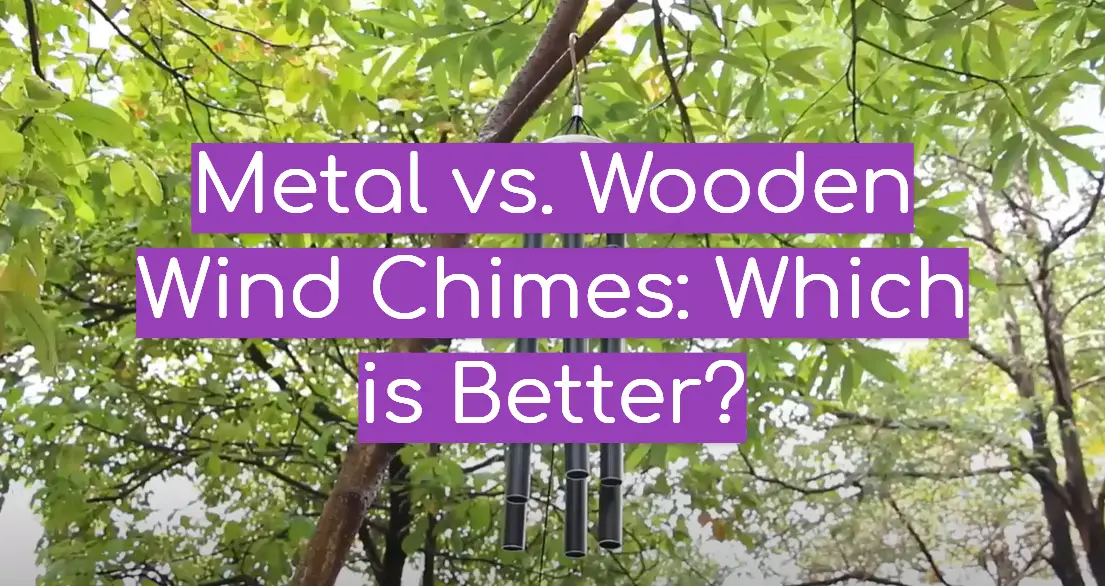


Leave a Reply